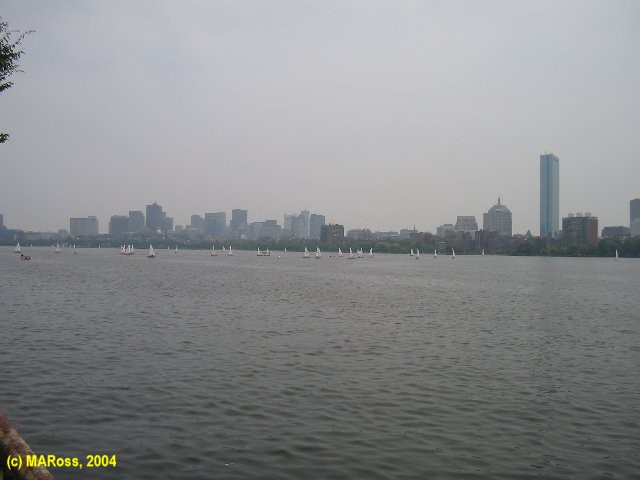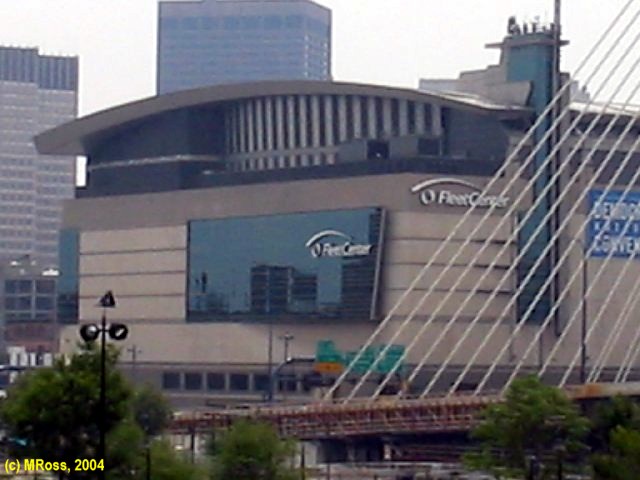
Do you know how many Americans die yearly in car crashes?...
 ...How many?
...How many?



BostonWalksIntegrating the urban, modern Jewish American city experience with its historical sites and themes in such locales as Boston, MA, Portland, ME, East Bay and Providence, RI, and the Upper West Side of Manhattan, NYC.
|



Question: What's a political mensch?
Answer #1 |
![]() Filene
Filene![]() Best of Boston
Best of Boston![]() NYC UWS
NYC UWS![]() Brandeis
Brandeis ![]() Love Your Neighbor
Love Your Neighbor![]() Watertown, New Town, & Muddy River
Watertown, New Town, & Muddy River![]() Walk Near Water
Walk Near Water![]() Refute Hate
Refute Hate![]() Walk West/North Ends
Walk West/North Ends
Celebrating 353 Years
|
Now available!The Jewish Friendship Trail Guidebook6
Self-Guided Walking/Bicycling Jewish Boston History Tours Covers
Boston, Brookline, and Cambridge Softcover 198 pages with maps &
b/w photos Print out this |
Now available!
The Ten Commandments Guidebook Ways to Self-Struggle with
Classic Morals In Song, Poetry, and Prose
Covers 10 Commandments Plus One Other! Softcover 153 pages with
practical suggestions pages! Print out this |
BostonWalks'
|
Once known as a new Jerusalem, it wasn't until the mid-1800s - after various legal and attitudinal barriers were lowered, that Boston began to attract a community of Jews.
During the years 1875 to 1925, approximately fifty to seventy thousand Jewish immigrants arrived and stayed in Boston. The City - which in the mid-1800s was a two-pronged peninsula with a narrow neck attaching it to the mainland - by 1900, had filled in both Mill Pond (joining its North and West Ends) and Back Bay (enlarging the lower and upper South Ends).
The bulk of those fifty to seventy thousand Jewish immigrants initially settled in Boston's North and West Ends, including the back side of Beacon Hill down to the Charles River. Some of them initially settled in the lower and upper South Ends and many of them initially settled across the harbor in Chelsea and parts of East Boston.
This BostonWalks' "The Jewish Friendship Trail" is designed as a 2.5 hour walking tour. It's best taken as part of an escorted large group (25-55 participants) walk tour. Let's walk, then, to these sites of Jewish Experience in Boston's West and North Ends circa 1870s through 1920s:
There is information about several buildings on Phillips Street which were used for Jewish retail as well as residential purposes from the turn of the century to the 1930s. But we're headed to the Vilner Shul, completed around 1920 here on Phillips Street.
Founded by a landsmanschaften of Jewish immigrants from Lithuania some twenty years earlier, this chevra of Jews finally built this shul after occupying several other sites on the Street. A considerable amount of the labor in building the shul was provided by the immigrants themselves.
While there is some debate about the origins of the aron kodish (the housing for the Torah scrolls), the aron kodish may well be a Sam Katz original or, perhaps, embellished with Sam Katz wooden ornaments. The shul is a fascinating reminder of a working class, small shul. Its active use was from the 1920s to the early 1980s.
As the thousands of Jewish immigrants poured into Boston before and after the turn of the century, the immigrants themselves, volunteers, and eventually social workers began establishing sites where immigrants and their children would have opportunities for job training, education to become American citizens, cultural life, and recreation.
Another example of the few sites which still exists is the West End House.
The West End House evolved from an immigrant Jewish boys club, the Excelsior Club, which consisted of thirty-five Jewish boys who grouped together for sports, culture, and social gatherings. They also on occasion performed a play. It was the performance of one of their plays which eventually led to the funding of the West End House as a non-sectarian organization and the construction of this building. I'm pleased to tell that story.
The synagogue which we're about to visit, officially, is called Beit HaMidrash HaGadol Beit Yaakov, known today as The Boston Synagogue. How that came to be also is a story.


Available 2007
BostonWalks' and The Jewish Friendship Trail
Group Walking Tours
|


From
the Charles River, a red, white, & blue political agenda flows!
Now available!The Jewish Friendship Trail Guidebook6
Self-Guided Walking/Bicycling Jewish Boston History Tours Covers
Boston, Brookline, and Cambridge Softcover 198 pages with maps &
b/w photos Print out this |
Now available!
The Ten Commandments Guidebook Ways to Self-Struggle with
Classic Morals In Song, Poetry, and Prose
Covers 10 Commandments Plus One Other! Softcover 153 pages with
practical suggestions pages! Print out this |

Click here to connect with Boston's Best!

Boston's TD BankNorth Garden
Site of the 2004 DNC!Let's make hospitals healthier!

Click here to consider how!
Boston Walks

The Jewish
Friendship Trail
Chazak Ve-ematz
be strong and resolute(Moses words to Joshua in Deut. 31:7)








































Boston Walks
|
Sing Sense to America
|